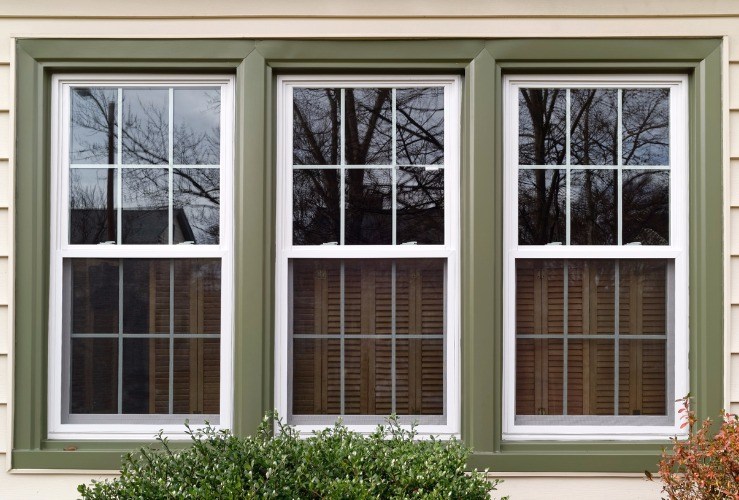What Are Standard Window Sizes?
Standard Window Sizes for Your Home Replacements.
While many window manufacturers may come up with varying standard window sizes, some basic window elements such as jamb extensions, frame profile, brickmoulds, and casings should fit snuggly into each other to get the best installation that gives you the highest energy efficiency. This article will enumerate each of these components that come together to give you the best installation that gives you maximum service. We will also look at the standard window sizes needed for the best window replacement, especially for custom windows.

Window Profile
This is one viable option when it comes to new window installation or replacement. Generally, end-vent and slider windows have a low profile instead of awning and casement windows with a high profile. However, picture windows can either be manufactured in high or low profiles. Therefore, when you plan for a new window replacement, you should consider the window profile. The window profile also affects the intensity of light that comes into your room. Higher profiles offer a low surface area and, therefore, low light. See the chart below.
The calculations are for the same style fixed picture window.
Casing
This is undoubtedly another feature you should consider. Though different window manufacturers offer different sizes, casings for typical windows are normally 2 5/8in or 3 4/8 in. Note that the size of the casing also depends on the brickmould size used.
Brickmould
This is a material stipe used to close the space between the window frame and the wall. It prevents water and air from infiltrating into the room. The stand window sizes are made to match the brickmould, though they vary from ¾ of an inch to an inch. However, in some cases, bigger brickmoulds might be used.

Jamb Extensions
This material covers the uncovered region of the opening while connecting the window casing to the frame. The size usually depends on the custom window width. Also, note that these widths may vary for different window companies, and a variety of standard window sizes exist. We have windows that are made of 3 ¾ inches thick jamb extension. For the homeowners with houses with 2×4 wall constructions, the jamb extension required is usually 1 3/8 inches. For those with a 2×6 wall, construction requires a 3 3/8-inch jamb extension. However, it would help if you didn’t forget the finish of your house to the outside. Sliding windows may need elongated jamb extensions, and lengths to match individual finishes are also available for different house constructions. Understanding how different components come together to give you an energy-efficient home can go a long way to help you determine the best window design you want to install in your home. It can also give you some understanding to prepare you for consultation and make sure you ask what is right.











